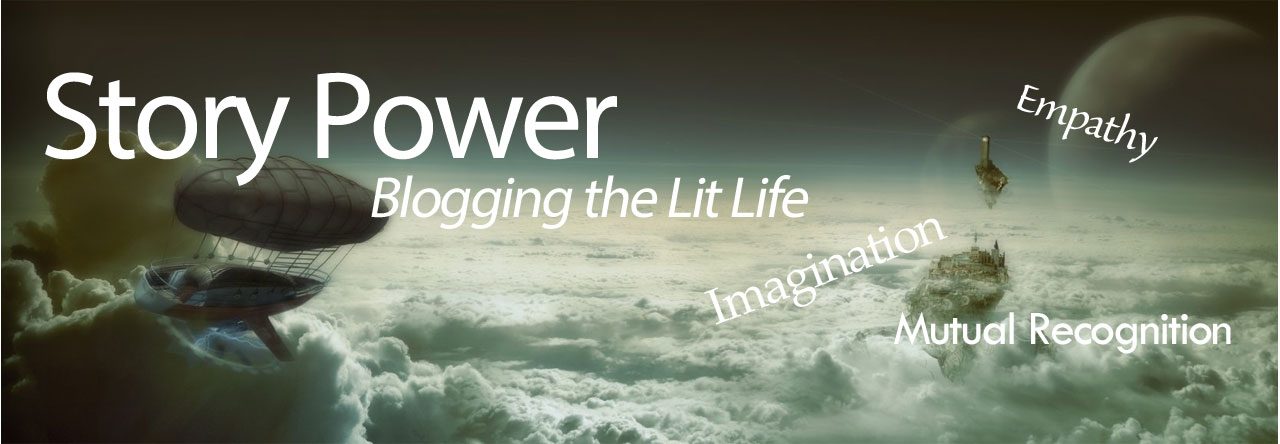Hozier’s “Take Me to Church” is a powerful commentary on the intersection of religion, sexuality, and societal oppression. The song gained widespread acclaim for its haunting melody and thought-provoking lyrics, which challenge the institutionalized norms and dogmas that often dictate human behavior.
The central theme of “Take Me to Church” revolves around the destructive influence of oppressive religious doctrines on individual freedom and personal identity. The song serves as a critique of organized religion’s role in perpetuating discrimination and marginalization against multiple communities.
Hozier employs vivid and evocative imagery to convey the emotional and psychological toll of religious oppression. Lines such as
My lover’s got humor, she’s the giggle at a funeral,
juxtapose love and laughter with somber imagery, highlighting the conflict between personal relationships and societal condemnation.
Throughout the song, religious symbolism is used to underscore themes of sacrifice and persecution. The repeated references to “worship” and “sacrifice” serve as metaphors for the sacrifices individuals make in order to conform to societal expectations, even at the expense of their own happiness and authenticity. The chorus sings
Take me to church, I’ll worship like a dog at shrine of your lies, I’ll tell you my sins and you can sharpen your knife,
illustrating the coercive nature of religious guilt imposed on individuals for their natural tendencies. “Take Me to Church” adopts a narrative structure that chronicles the journey of self-discovery and liberation. The progression from the opening lines, which depict an intense love affair, to the defiant chorus, where the protagonist rejects societal judgment and embraces their true identity, mirrors the process of emancipation from oppressive societal norms. The bridge
No masters or kings when the ritual begins, There is no sweeter innocence than our gentle sin,
is a passionate declaration of self-discovery. The lyrics push for liberation from institutional authority and instead guide themselves through personal experiences. Hozier’s “Take Me to Church” represents an exploration of existential despair and the quest for spiritual freedom. It works to confront the oppressive forces of society and religion, portraying the struggle for individual autonomy and self-expression in the face of societal conformity. Hozier’s song externalizes a psychological breakdown through the lens of religious and societal oppression, ideals of individualism, and rebellion against societal constraints.
